Welcome to the enchanting world of sugar gliders, those pocket-sized marsupials that have captured the hearts of exotic pet enthusiasts everywhere. With their big eyes, graceful gliding abilities, and affectionate personalities, sugar gliders offer a unique companionship that differs significantly from traditional pets. However, these small creatures come with specific care requirements that potential owners must understand before bringing them home.
This comprehensive guide will walk you through everything you need to know as a new or prospective sugar glider owner, from their natural behaviors to their dietary needs and housing requirements. By understanding these fundamentals, you’ll be well-equipped to provide a loving, appropriate home for these remarkable little animals.
Understanding Sugar Glider Origins
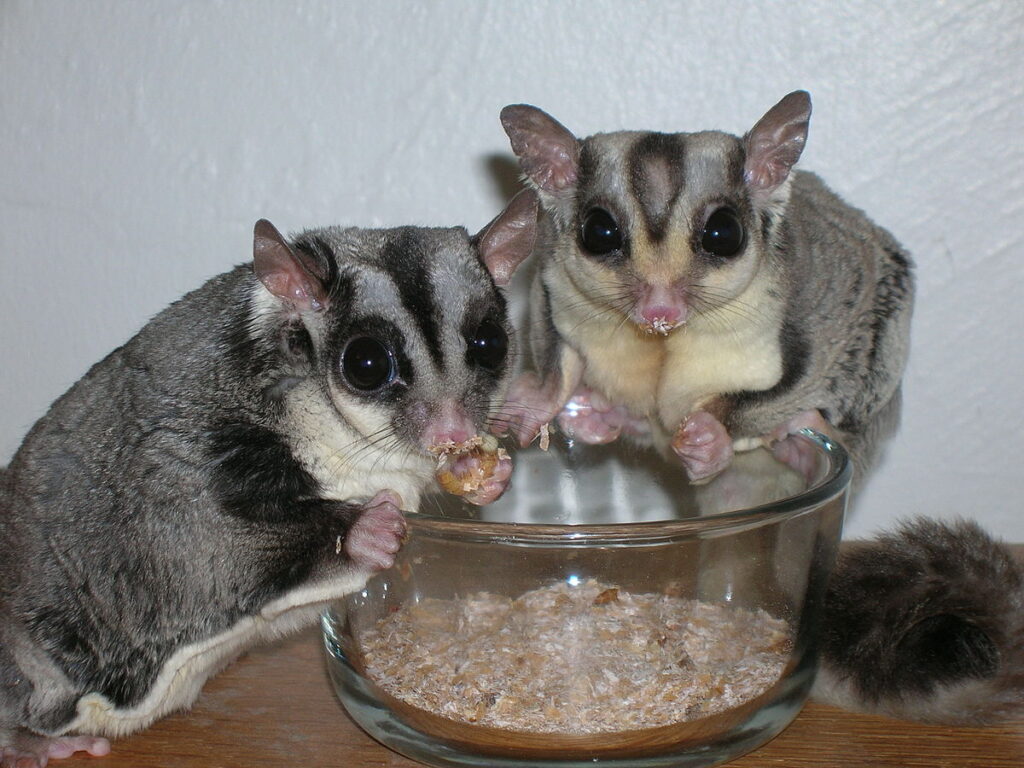
Sugar gliders (Petaurus breviceps) are small, nocturnal marsupials native to the forests of Australia, Indonesia, and Papua New Guinea. In their natural habitat, they live in large family groups called colonies, often consisting of 7-10 individuals who share social bonds and territorial responsibilities. These arboreal creatures spend their lives primarily in eucalyptus trees, where they feed on tree sap, nectar, insects, and small vertebrates.
Their name derives from their preference for sweet foods and their remarkable ability to glide through the air using a membrane called a patagium that stretches between their front and back limbs. Understanding their wild origins helps owners appreciate why sugar gliders have such specific social, dietary, and environmental needs in captivity.
Legal Considerations Before Adoption
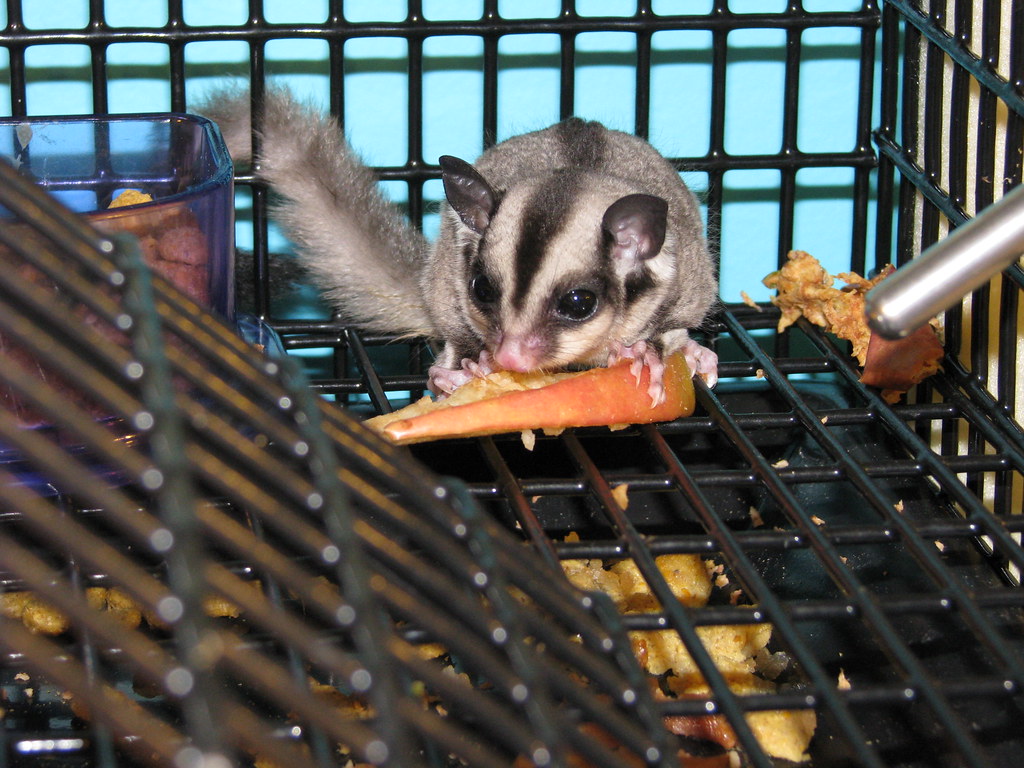
Before bringing sugar gliders home, it’s crucial to research the legal status of owning these exotic pets in your area, as regulations vary widely. States such as California, Alaska, Hawaii, and Pennsylvania prohibit private ownership of sugar gliders, while others require special permits or licenses. Even within states where they’re generally legal, individual cities or counties may have their own restrictions.
Responsible ownership begins with ensuring your sugar glider adoption complies with all applicable laws. Additionally, consider future implications—if you might relocate to another state or country, verify whether you could legally bring your pets along. Always obtain sugar gliders from reputable, licensed breeders rather than from potentially illegal wildlife trafficking sources.
The Social Nature of Sugar Gliders
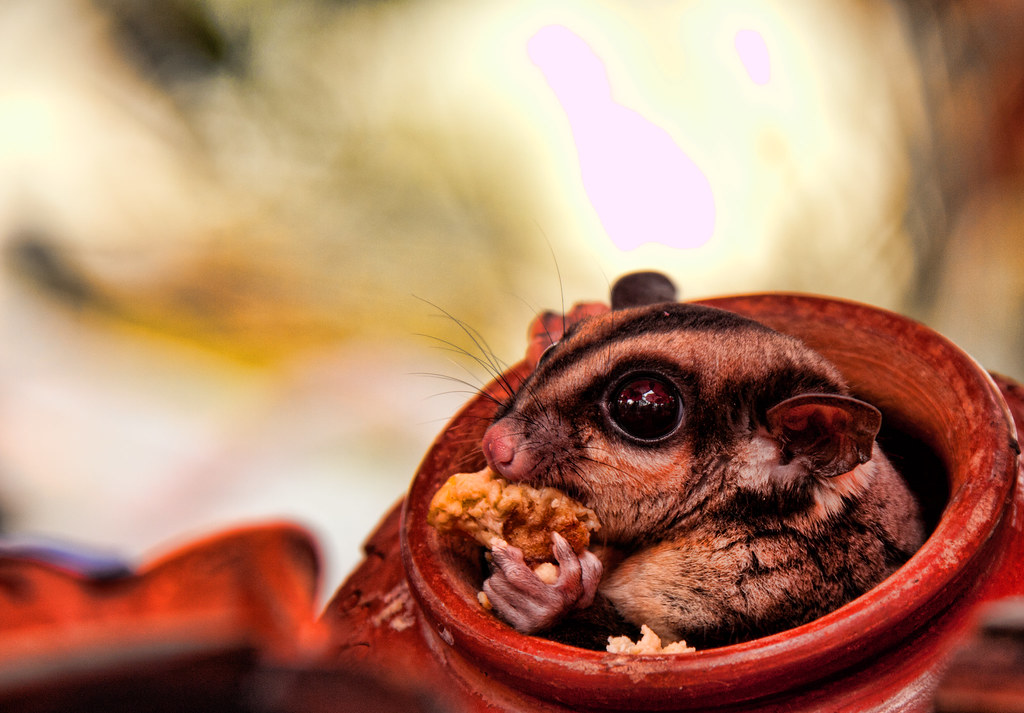
Sugar gliders are intensely social creatures that should never be kept alone, as solitude can lead to depression, self-mutilation, and even premature death. In the wild, they live in family groups that groom each other, sleep together in nests, and cooperate in raising young. This social structure must be replicated in captivity by keeping at least two gliders together—preferably a neutered male and female pair or same-sex pairs introduced while young.
Bonded gliders will sleep curled up together in their pouch, groom one another, and provide essential emotional security. Even with multiple gliders, human interaction remains crucial for proper socialization and bonding. The time and emotional investment required for properly socializing these colony animals represents one of the most significant commitments of sugar glider ownership.
Housing Requirements and Cage Setup

Sugar gliders require spacious enclosures that accommodate their natural climbing and gliding behaviors, with a minimum recommended cage size of 24″ x 24″ x 36″ for a pair, though larger is always better. The cage should feature small bar spacing (no more than 1/2 inch) to prevent escapes, with a tall, vertical design that allows for climbing and short gliding distances. Essential cage furnishings include multiple sleeping pouches positioned at different heights, numerous branches and perches of varying thicknesses, climbing ropes, and exercise wheels designed specifically for sugar gliders (with solid surfaces to protect their tails).
Avoid toxic woods like cedar, pine, or pressure-treated lumber for any cage components. Position the cage away from drafts, direct sunlight, and loud noises, maintaining a consistent temperature between 75-80°F (24-27°C) to replicate their tropical native environment.
Nutritional Needs and Feeding Schedules
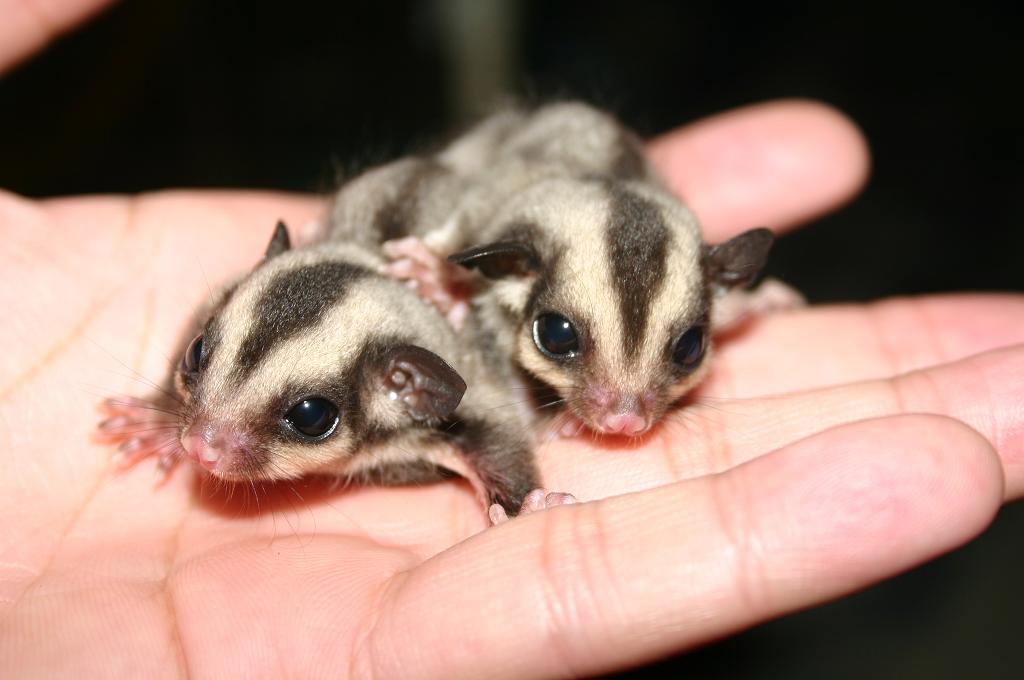
Proper nutrition represents one of the most complex aspects of sugar glider care, as these omnivores require a carefully balanced diet to prevent serious health issues like metabolic bone disease and nutritional osteodystrophy. A well-formulated sugar glider diet typically includes a protein source (such as insect protein or a commercially prepared sugar glider protein supplement), fresh fruits, vegetables, and nectar substitutes.
Many experienced owners follow established feeding regimens like the BML (Bourbon’s Modified Leadbeater’s) diet or HPW (High Protein Wombaroo) diet, which provide specific ratios of nutrients. Fresh foods should constitute approximately 25% of their diet, focusing on calcium-rich options while avoiding those high in phosphorus or oxalates. Since sugar gliders are nocturnal, their primary feeding should occur in the evening, with food removed in the morning to prevent spoilage and maintain proper feeding schedules.
Bonding with Your Sugar Gliders
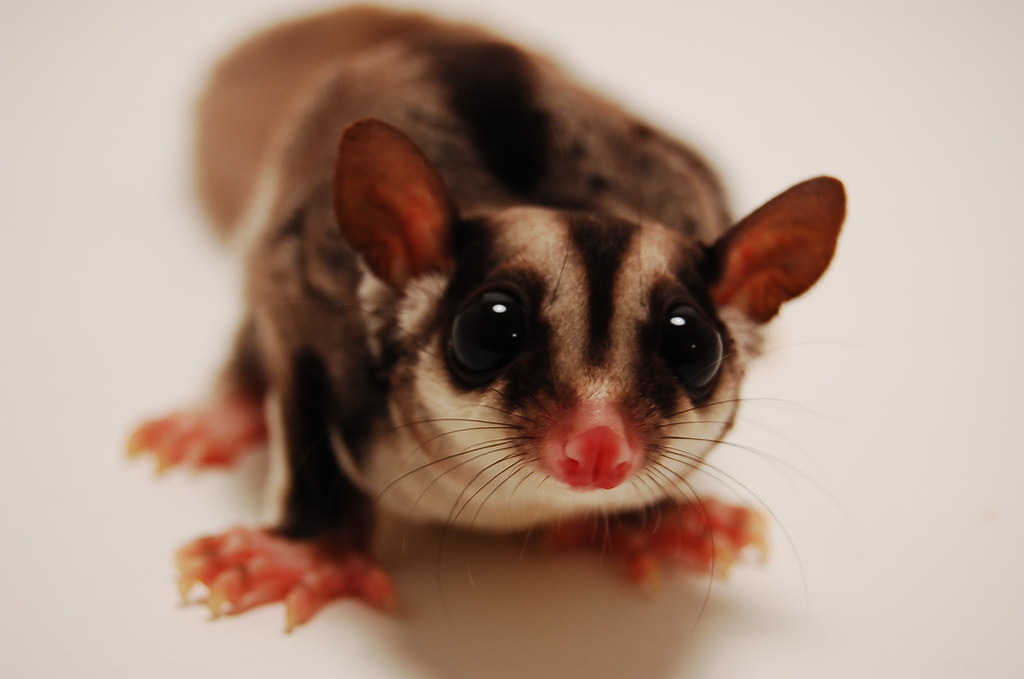
Building trust with sugar gliders requires patience, consistency, and understanding of their natural behaviors. The bonding process typically takes several weeks to months, beginning with simply sitting near their cage and speaking softly to accustom them to your voice and presence. Carrying a bonding pouch with your sugar gliders against your body for several hours daily helps them associate your scent with safety and warmth.
During the initial bonding period, expect some defensive behaviors such as crabbing (a distinctive warning sound), lunging, or even nipping, which should diminish as trust develops. Hand-feeding favorite treats creates positive associations, though avoid forcing physical interaction before they’re ready. Remember that sugar gliders bond for life in the wild, so the investment in proper bonding techniques establishes a foundation for years of companionship with these emotionally complex animals.
Managing the Nocturnal Lifestyle

Sugar gliders’ nocturnal nature presents unique challenges for owners accustomed to diurnal pets. These marsupials are most active during the evening and night hours, often becoming playful and vocal when human household members are preparing for sleep. Creating a schedule that accommodates some interaction during their active period is important for bonding and providing adequate exercise.
Many owners dedicate evening hours to supervised play time in a glider-proofed room, allowing their pets to explore safely outside their cage. During daylight hours, sugar gliders sleep deeply in their pouches and should not be disturbed except for necessary care. Their nocturnal schedule also means that cages should be positioned away from bedroom areas if noise sensitivity is a concern, as sugar gliders communicate through barking, chattering, and crabbing sounds throughout the night.
Health Concerns and Veterinary Care
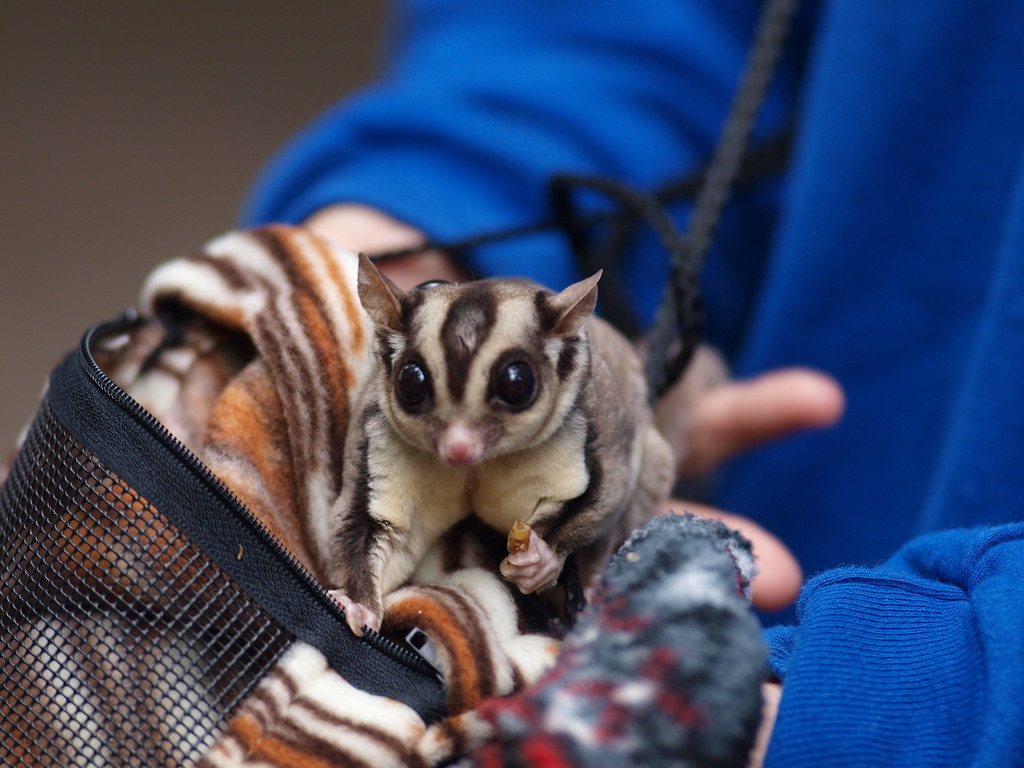
Finding a veterinarian with specific sugar glider experience is essential and should be arranged before bringing these pets home, as relatively few exotic animal veterinarians have specialized knowledge of sugar glider care. Common health issues include nutritional deficiencies leading to hind leg paralysis, dental problems, stress-related self-mutilation, parasitic infections, and respiratory conditions. Regular wellness examinations are recommended at least annually, with baseline health assessments when first acquiring your gliders.
Sugar gliders are masters at hiding illness until conditions become severe, making preventative care and close observation for subtle behavioral changes critically important. Weight monitoring provides an excellent early indicator of potential health problems, as sudden weight loss often precedes visible symptoms. Responsible owners should maintain an emergency fund specifically for exotic pet veterinary care, which typically costs more than standard pet treatments.
Safety-Proofing Your Home
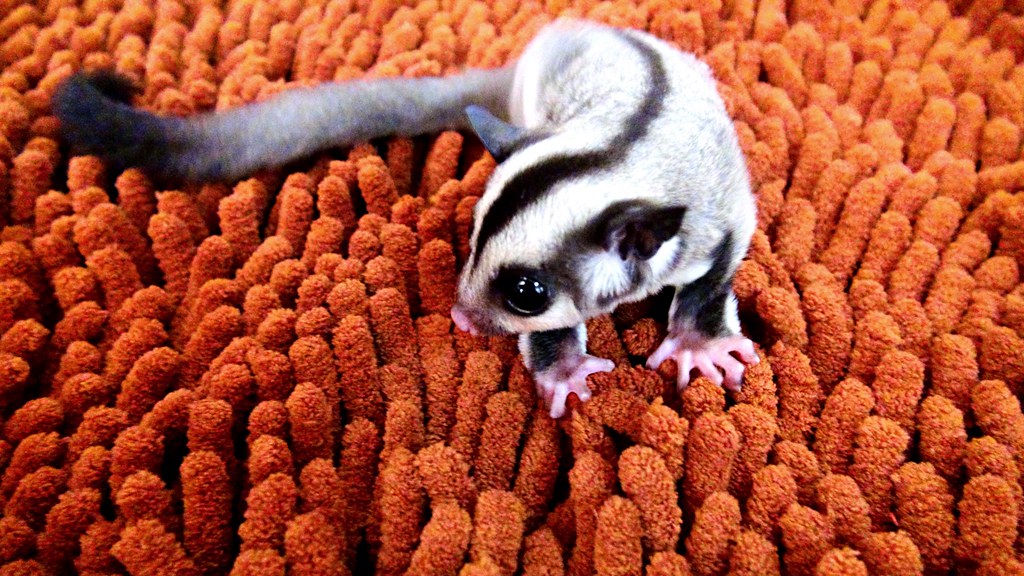
Before allowing sugar gliders out-of-cage playtime, thoroughly safety-proof designated areas to prevent accidents and escapes. These tiny marsupials can squeeze through remarkably small openings, so seal gaps around doors, windows, vents, and furniture. Remove or secure access to potential hazards including toilet bowls (which pose drowning risks), ceiling fans, exposed electrical cords, toxic houseplants, and any chemicals or cleaning products. Be aware that non-stick cookware, when overheated, releases fumes particularly toxic to small animals with sensitive respiratory systems.
Ensure all other household pets are secured in separate areas during sugar glider playtime, as even gentle family pets may instinctively view these small creatures as prey. Always supervise out-of-cage activities, keeping in mind that sugar gliders’ gliding abilities allow them to launch themselves from surprising heights and distances, potentially landing in dangerous locations.
Enrichment and Exercise Needs
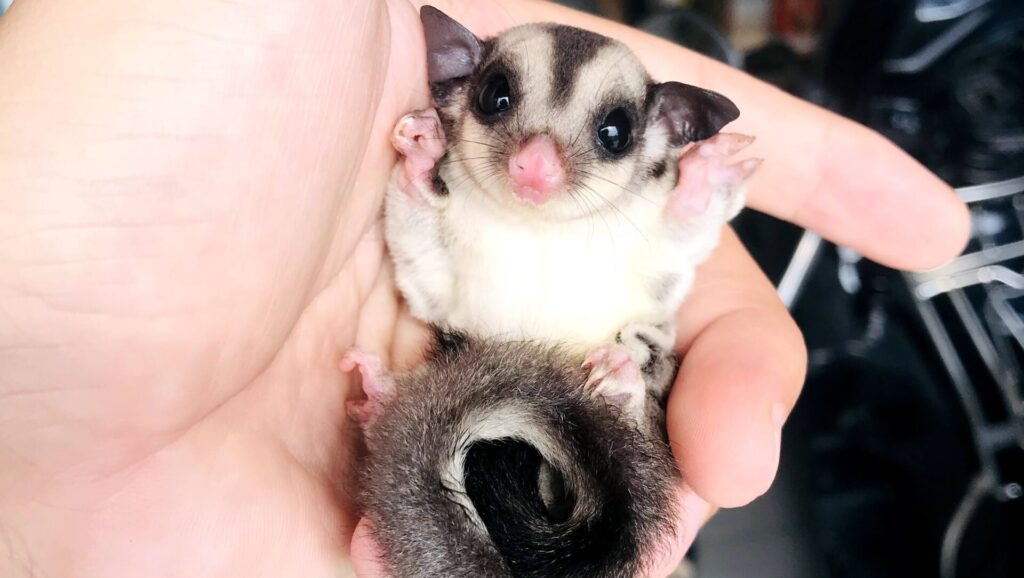
Mental stimulation and physical exercise are crucial components of sugar glider wellbeing, helping prevent obesity, boredom, and destructive behaviors. Rotate toys regularly to maintain interest, incorporating items that encourage natural behaviors like foraging, climbing, and problem-solving. DIY enrichment options include puzzle feeders made from PVC pipes with holes that dispense treats when manipulated, hanging toys that swing and provide climbing challenges, and paper bags or cardboard tubes filled with shredded paper and hidden treats. Many gliders enjoy exercise wheels designed specifically for their anatomy (avoiding wire wheels that can injure tails).
Creating a varied environment with changing configurations of branches, ropes, and hammocks keeps their living space engaging and promotes physical activity. Remember that sugar gliders in the wild traverse substantial territory nightly while foraging and socializing, so replicating these movement opportunities is essential for their physical and psychological health.
Understanding Communication and Body Language
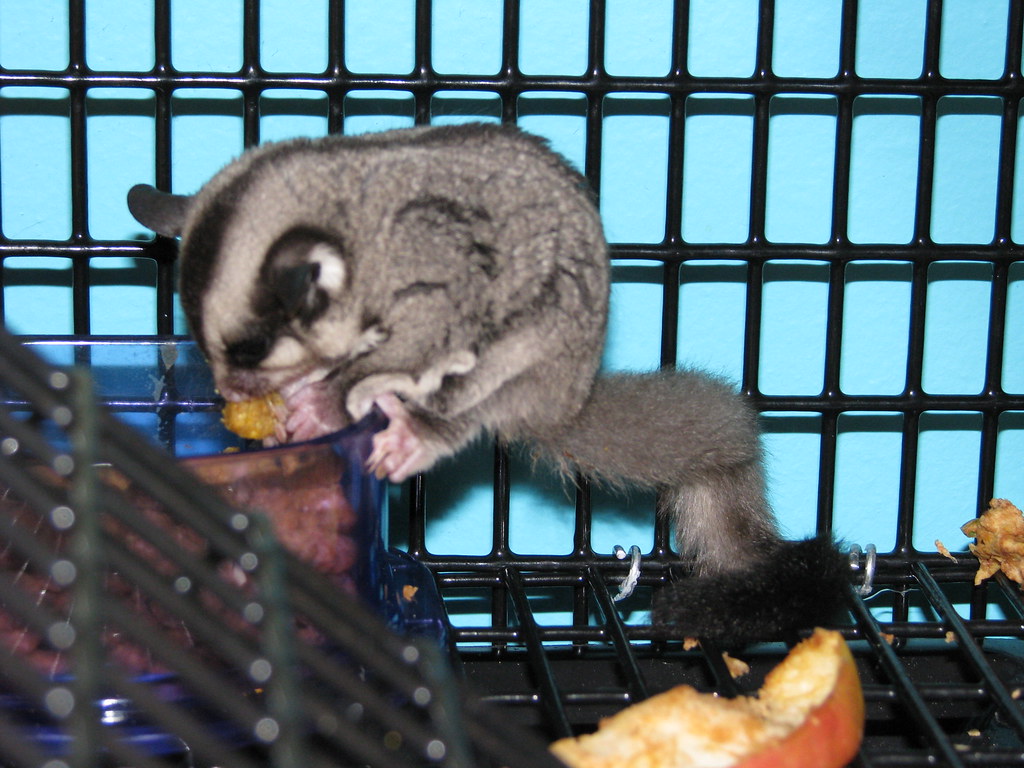
Sugar gliders communicate through a complex vocabulary of vocalizations and body language that attentive owners can learn to interpret. The well-known “crabbing” sound—a loud, rattling hiss—indicates fear or displeasure and serves as a warning. Barking calls, similar to a small dog’s yap, may signal alarm or function as location beacons for other colony members. Happy gliders often make a gentle “chirping” or purring sound during contentment or when grooming companions.
Beyond vocalizations, physical cues like ear position provide insight into their emotional state—flattened ears against the head indicate fear or aggression, while relaxed, forward-facing ears suggest contentment. Defensive postures include arching the back with raised tail, while relaxed gliders move fluidly with a smooth gait. Understanding these communication signals allows owners to respond appropriately to their sugar gliders’ needs and emotions.
The Long-Term Commitment
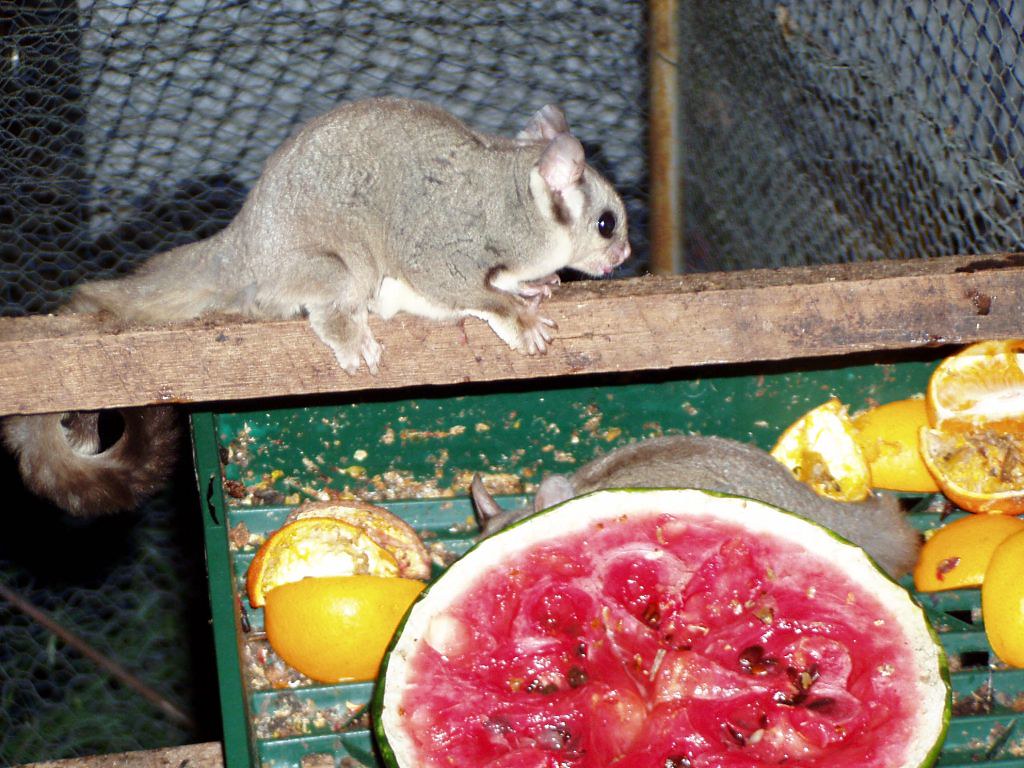
Prospective sugar glider owners must consider the significant long-term commitment these animals represent, with a typical lifespan of 10-15 years in captivity when properly cared for. This timeframe exceeds many common pets and requires planning for consistent care through major life changes like relocations, relationship shifts, or career developments. The financial commitment extends beyond initial purchase costs to include ongoing expenses for specialized diet components, enrichment items, cage maintenance, and exotic veterinary care. Additionally, sugar gliders form deep bonds with their human caregivers and colony mates, making rehoming emotionally traumatic for these sensitive animals.
Their specialized care requirements make finding qualified new homes challenging if circumstances change, so the decision to adopt should never be made impulsively. Consider whether your lifestyle can accommodate their needs for consistent daily interaction, specialized care, and appropriate living conditions for potentially a decade or more.
Ethical Considerations of Sugar Glider Ownership

Responsible sugar glider ownership requires thoughtful consideration of the ethical implications of keeping these wild-descended animals as companions. While captive-bred sugar gliders have been domestic for multiple generations, they retain many of their wild instincts and specialized needs that can be challenging to fully satisfy in captivity. Ethical owners must commit to recreating as many elements of their natural environment as possible, including appropriate social groupings, nutrition, and enrichment.
Before acquiring sugar gliders, research their original habitat and behaviors to understand what you’re attempting to replicate in your home. Support reputable breeders who prioritize health, genetic diversity, and proper socialization over mass production, and avoid contributing to the exotic pet trade that may involve wild-caught animals. Ethical ownership also means advocating for improved care standards through education and proper example-setting for the broader sugar glider community.
Embarking on the journey of sugar glider ownership brings both remarkable joys and significant responsibilities. These endearing pocket-sized companions offer unique bonds and fascinating behaviors that differ from conventional pets, but require specialized knowledge, commitment, and resources to thrive in human care. By thoroughly understanding their social, nutritional, housing, and emotional needs before bringing them home, you set the foundation for a rewarding relationship that can last more than a decade.
Remember that successful sugar glider guardianship means prioritizing their specialized requirements over convenience, committing to their lifelong well-being, and continuously educating yourself about best care practices. When approached with appropriate preparation and dedication, the companionship of these extraordinary marsupials offers a truly unique and enriching experience that connects us to the remarkable diversity of the natural world.

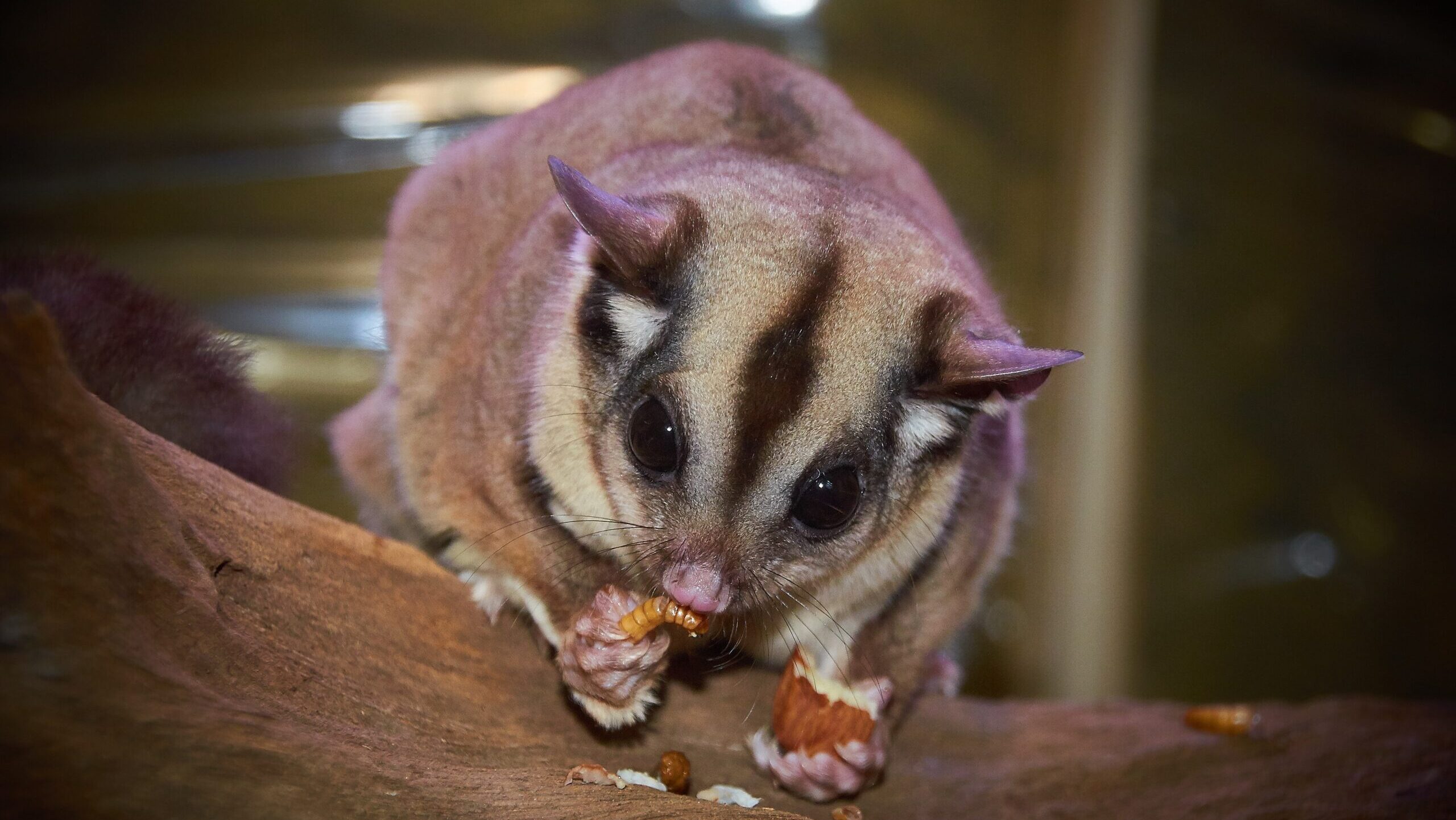
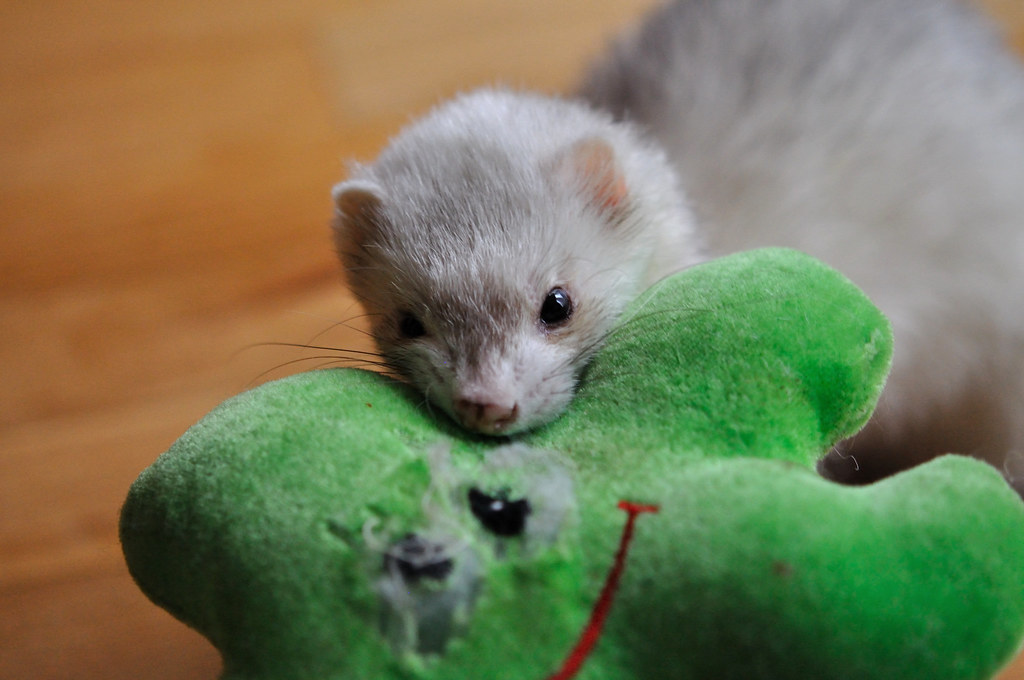
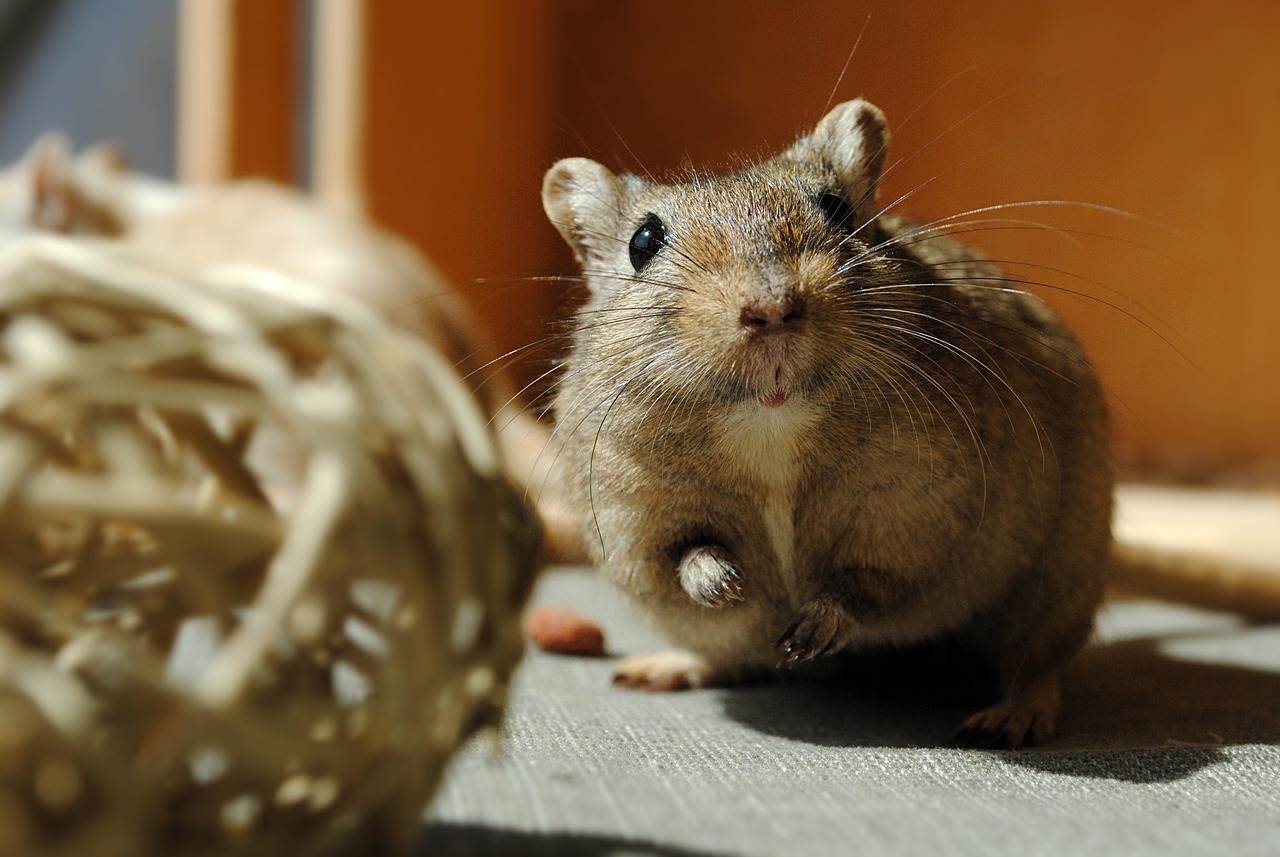
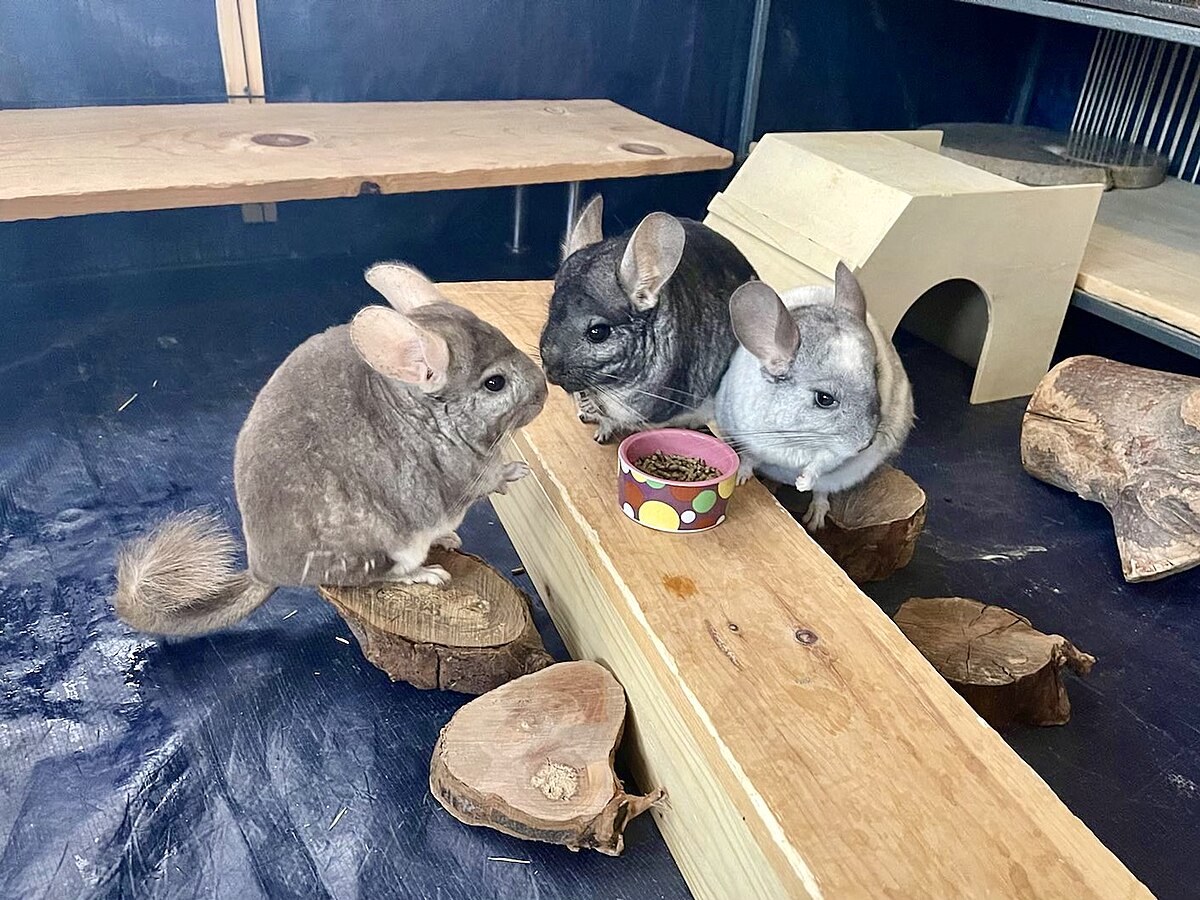
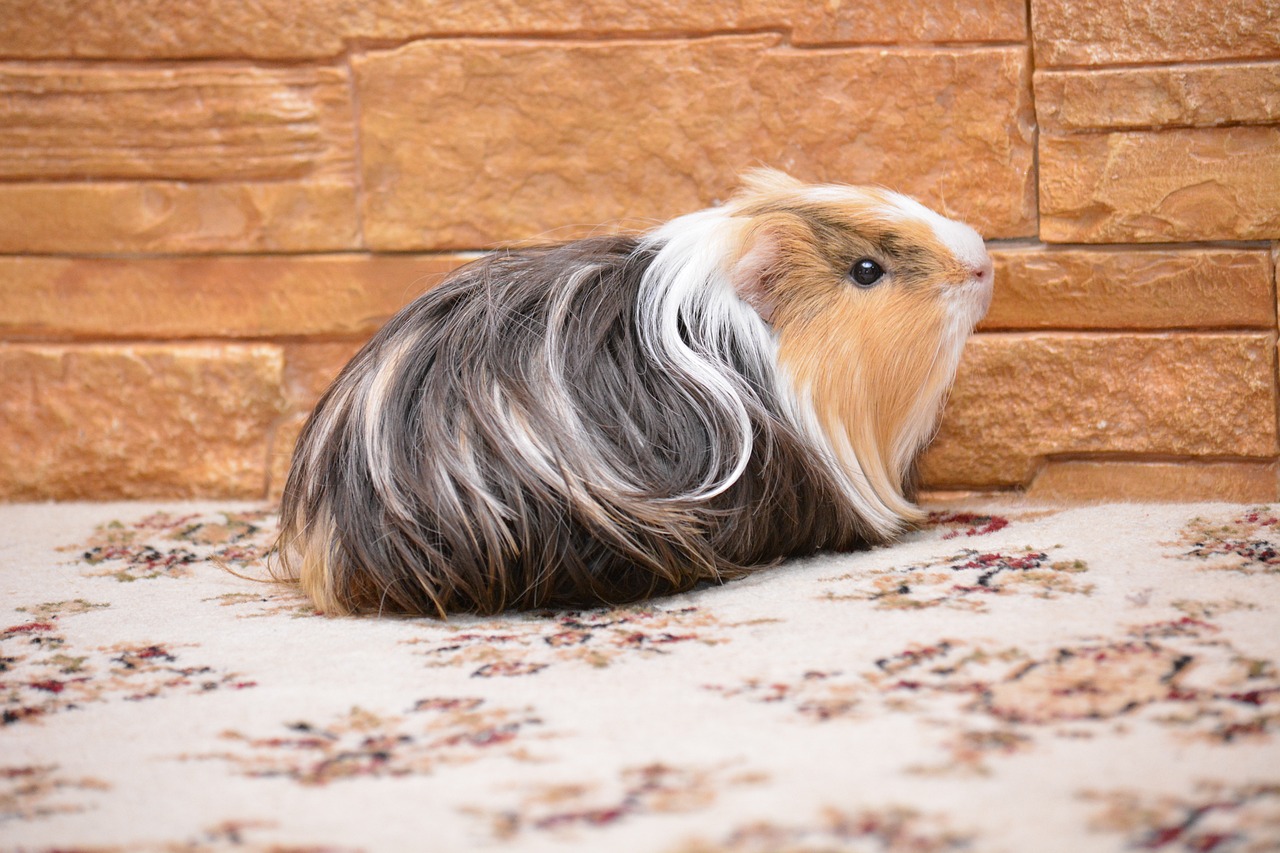
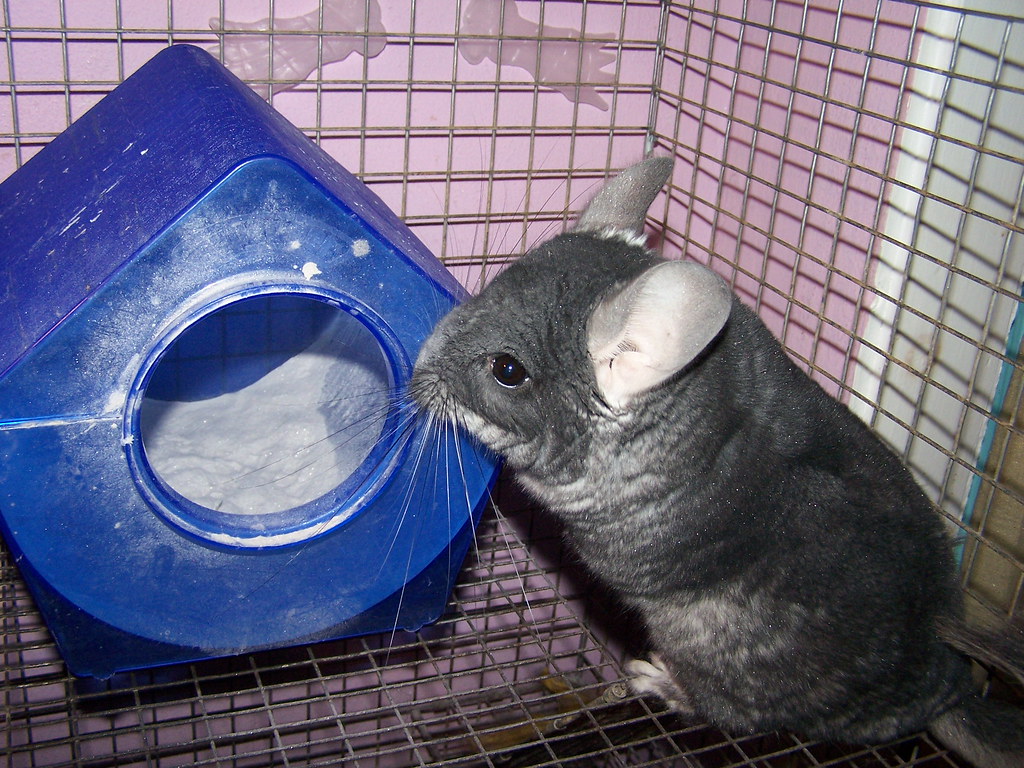

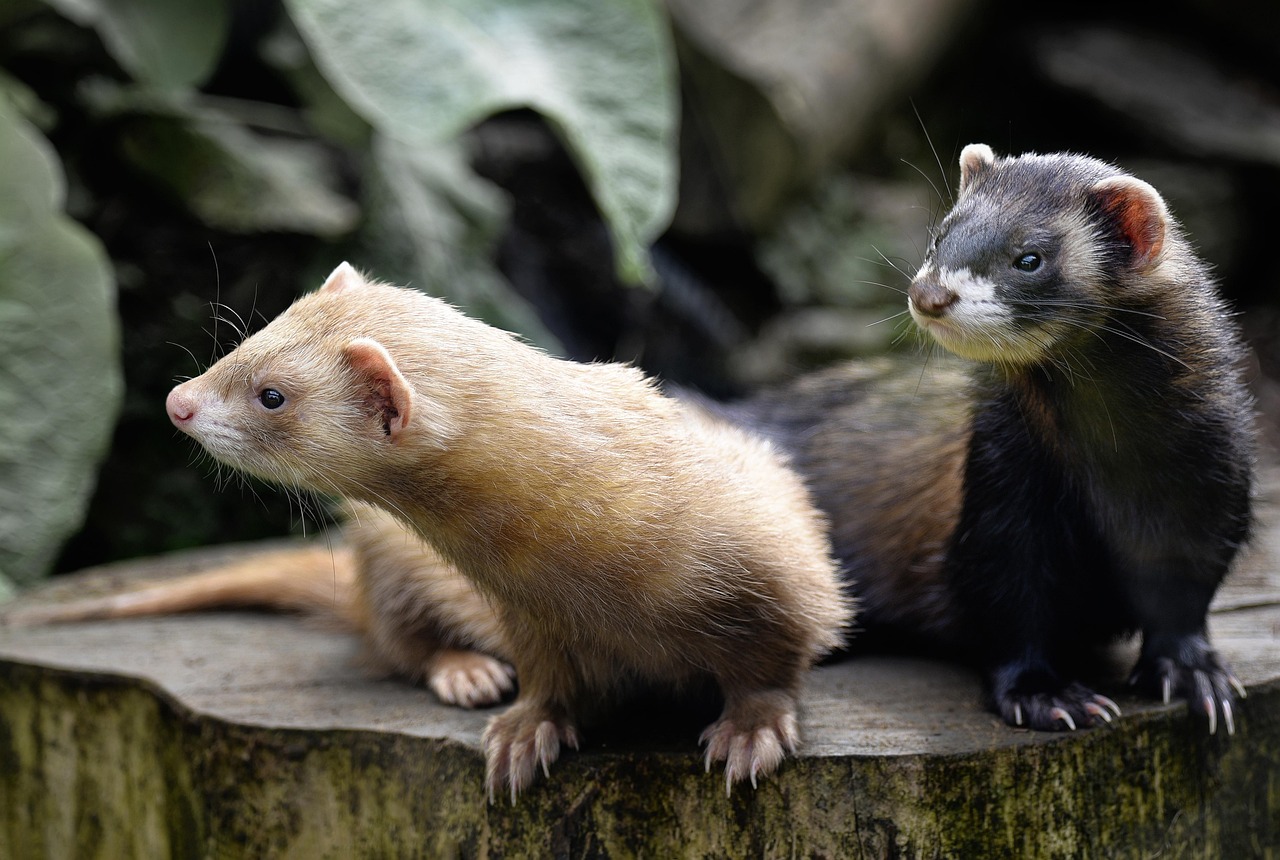
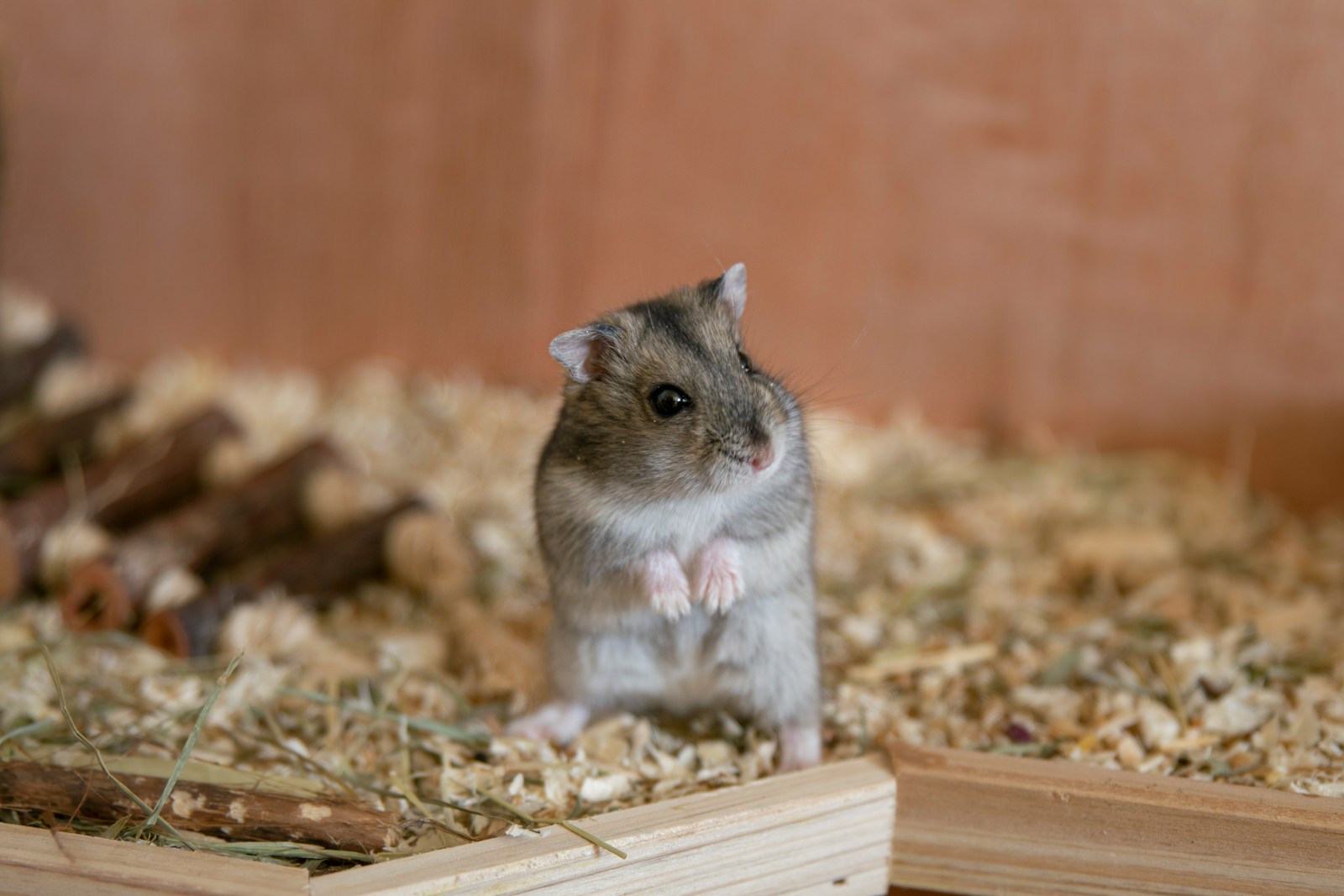

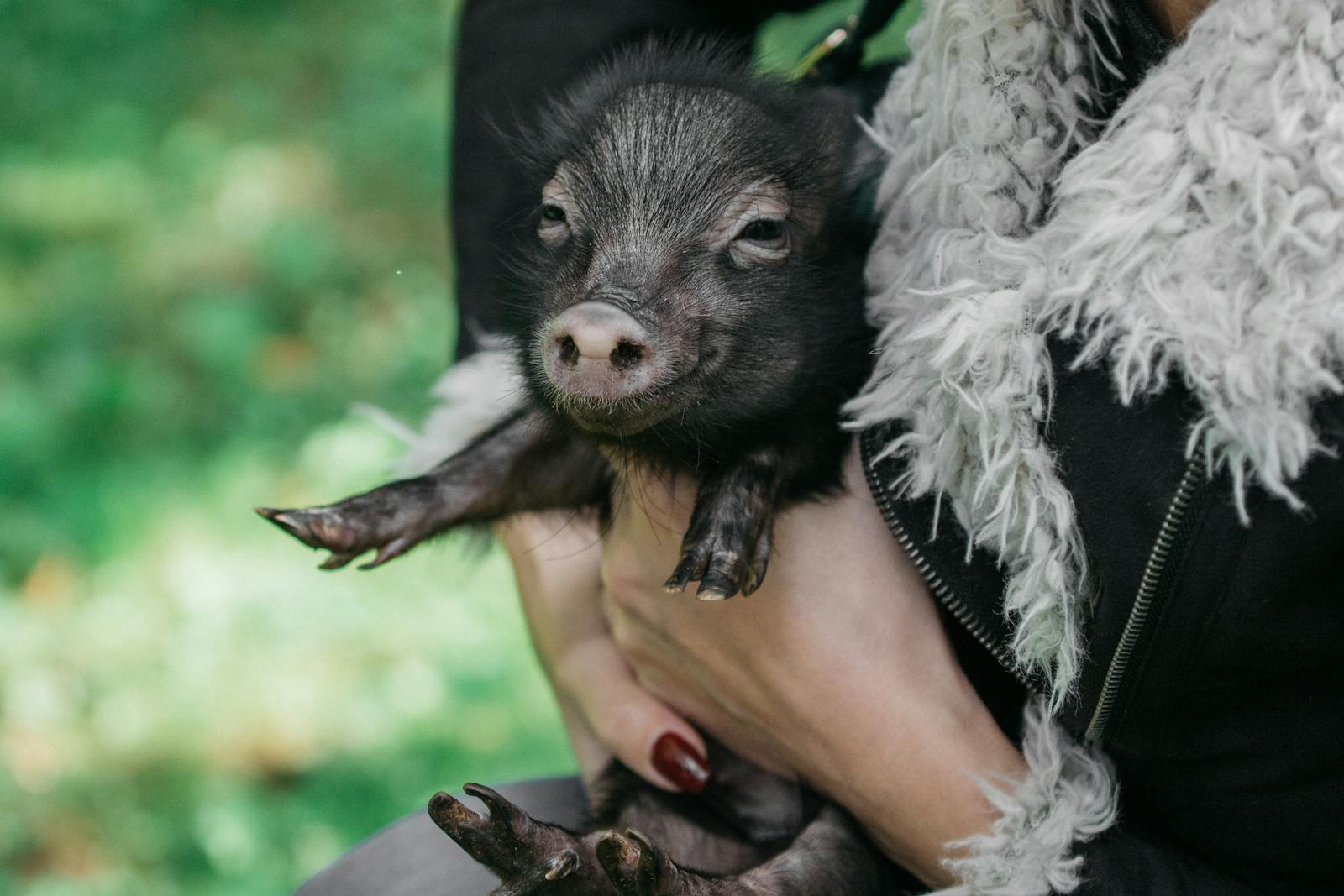




Leave a Reply